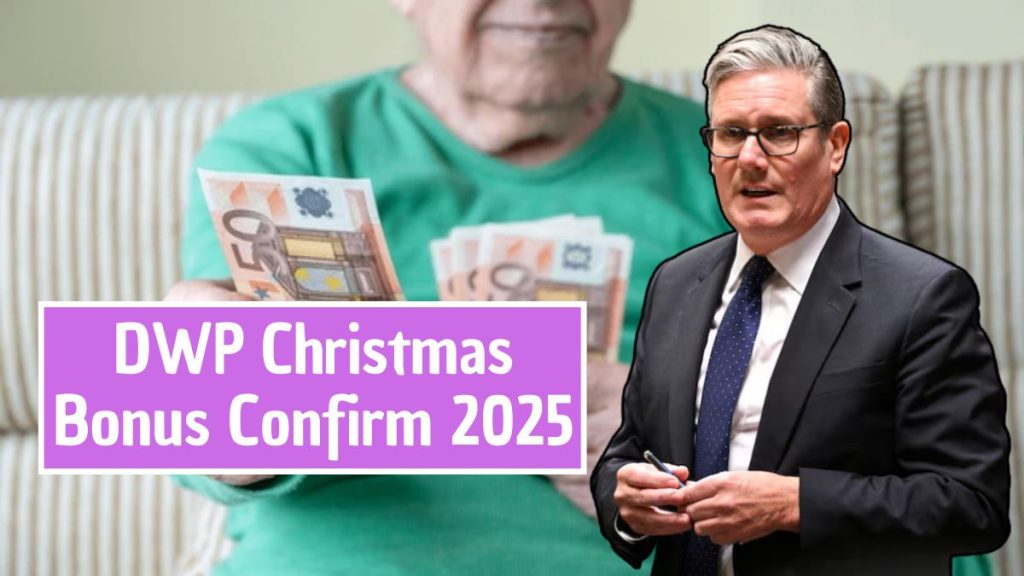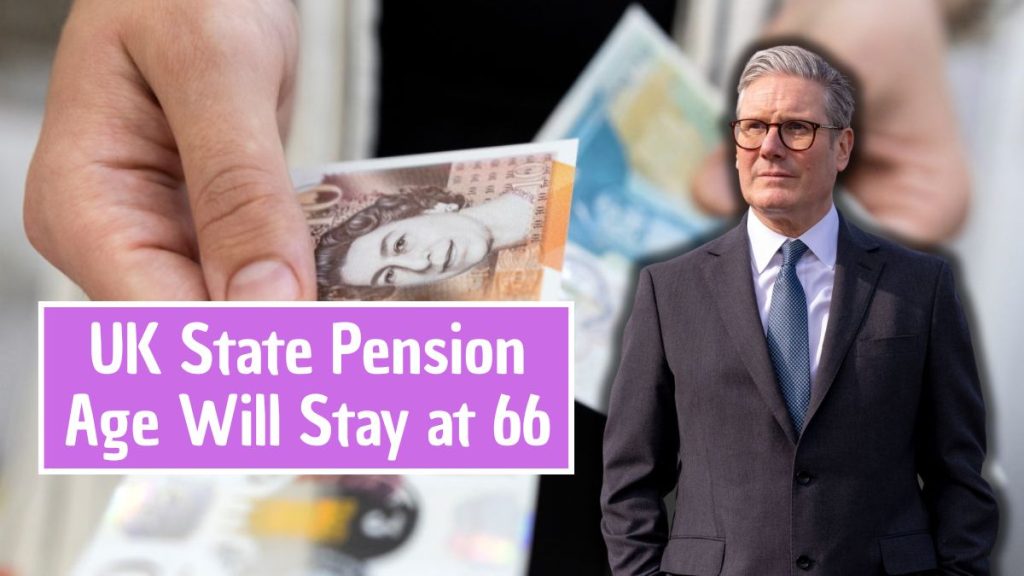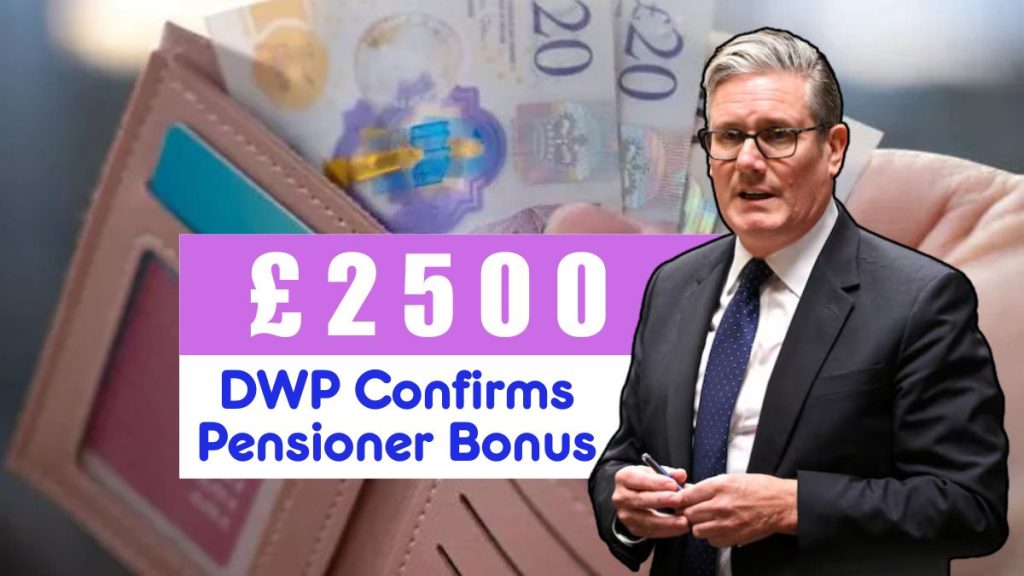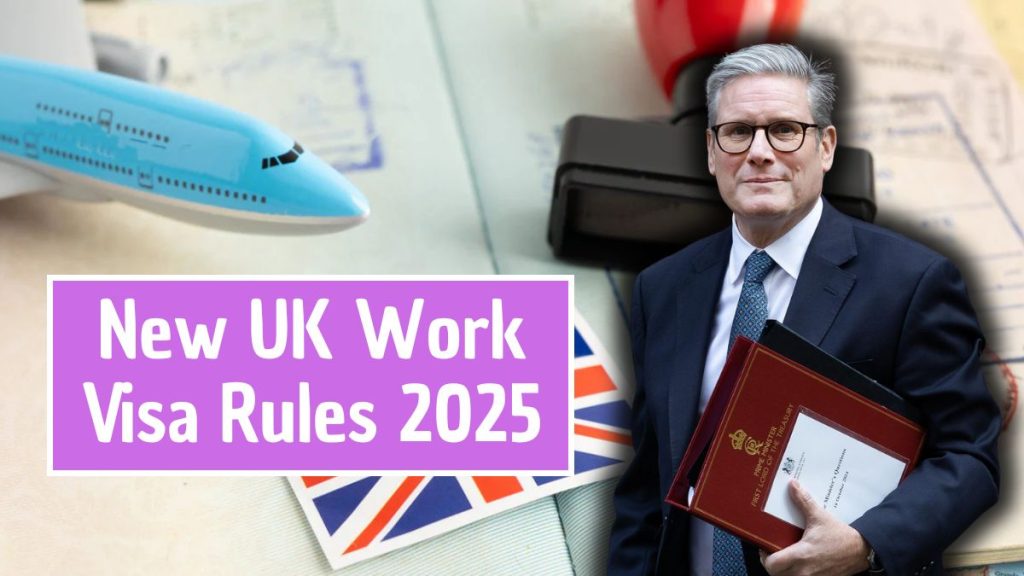With household budgets under increasing pressure across the UK, any sign of help from the government brings a sense of relief. The much-discussed £725 Cost-of-Living Payment 2025 has sparked widespread interest — and some confusion. Is it a lump-sum payment like the previous ones, or something different altogether?
The answer is that this new support represents a structural, long-term change to the Universal Credit system, not a one-off grant. It’s designed to make benefits fairer, more predictable, and more resilient against inflation, offering millions of low-income households a more stable financial foundation.
What the £725 Cost-of-Living Payment Actually Means
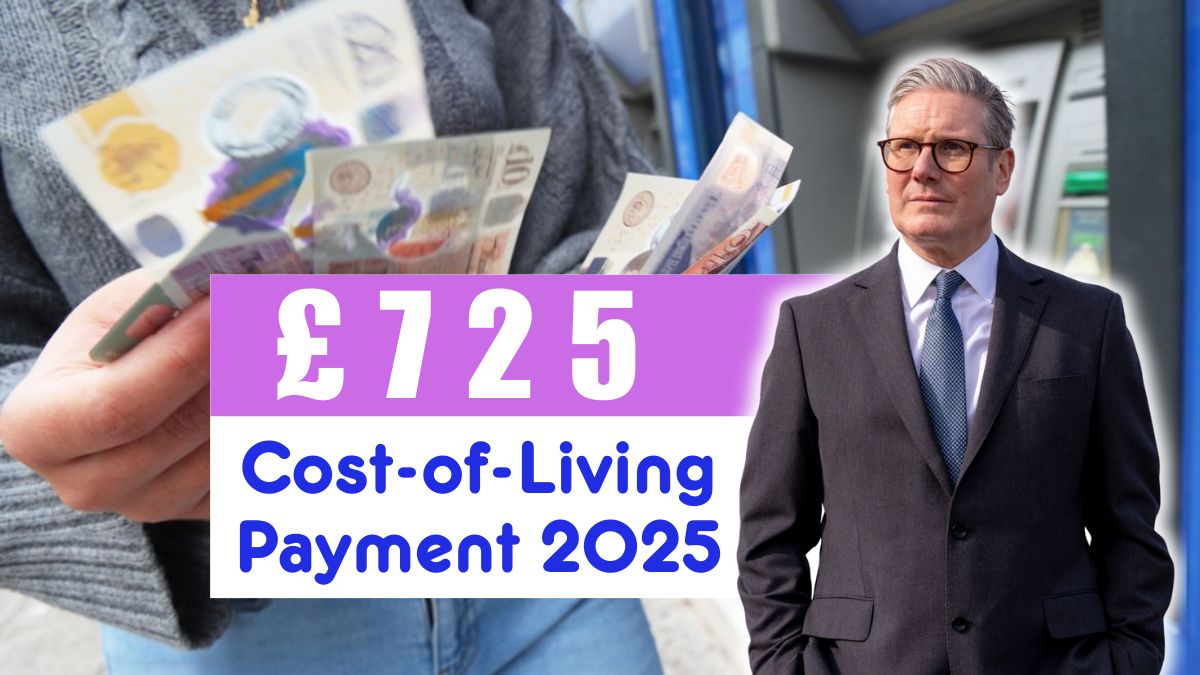
Despite the name, the £725 Cost-of-Living Payment 2025 isn’t a single deposit hitting your bank account. Instead, it marks an estimated £725 annual increase to the standard Universal Credit allowance — effectively embedding extra support directly into monthly benefit payments.
This approach replaces temporary relief grants with a permanent rise in income, helping families manage bills and living costs consistently rather than waiting for short-term payments. The government says this move is about stability over spontaneity — ensuring that support becomes a dependable part of everyday life rather than a one-time rescue.
Key Facts About the £725 Cost of Living Payment 2025
| Feature | Details |
|---|---|
| Payment Amount | Estimated £725 annual increase to Universal Credit |
| Payment Type | Permanent rise in benefit levels, not a one-off grant |
| Eligibility | Universal Credit claimants (selected groups) |
| Application Needed | None – automatic increase for eligible claimants |
| Rollout Period | Gradual implementation from 2026 |
| Purpose | To strengthen household income against rising living costs |
Why the Government Introduced This Change
The Department for Work and Pensions (DWP) has shifted its approach to cost-of-living support. Instead of relying on reactive, one-off grants — like the payments made during the energy crisis — this new policy builds permanent resilience into the welfare system.
By adjusting the Universal Credit standard allowance, the government aims to:
- Provide predictable income support instead of sporadic payments.
- Help families and individuals plan long-term budgets.
- Reduce the need for emergency financial packages during economic shocks.
- Ensure support keeps pace with inflation and living costs.
This strategy marks a decisive move toward a sustainable welfare model rather than short-term crisis management.
Eligibility for the £725 Cost-of-Living Payment 2025
The main qualification for this financial uplift is being a Universal Credit claimant, but eligibility is not universal across all recipients. The increase is part of a broader welfare reform bill that adjusts how benefits are calculated, focusing particularly on those in greatest need.
Key eligibility groups include:
- Single adults aged 25 and over receiving the Universal Credit standard allowance.
- Low-income households currently claiming Universal Credit or related benefits.
- Individuals affected by PIP reforms, who may see adjustments in their overall entitlement but will remain protected through transitional payments.
Importantly, no separate application is required. If you qualify under the new calculation rules, your Universal Credit payments will automatically increase once the reform is rolled out.
How the £725 Increase Will Work
The £725 figure represents the total estimated annual benefit uplift, not a one-time lump sum. This means that eligible claimants will see their monthly Universal Credit payments rise gradually, reflecting the restructured welfare calculations.
For example, rather than receiving a single £725 deposit, the equivalent amount will be distributed evenly across 12 months — roughly £60 more per month, depending on individual circumstances.
This design ensures:
- A steady, manageable income boost instead of unpredictable grants.
- Easier budgeting for essentials like food, rent, and energy.
- A more reliable safety net for financially vulnerable households.
The DWP’s goal is to move away from one-off crisis payments and create a permanent uplift built into the system itself.
When Payments Will Begin
The welfare reform introducing this permanent increase will begin in 2026, following administrative preparations in 2025. This means no immediate £725 deposit will appear in 2025.
However, to provide interim relief, the government has confirmed additional one-off payments for specific groups in 2025, ensuring continued support while the new system is being developed.
Confirmed One-Off Support for 2025
While the £725 uplift is part of a longer-term reform, several temporary payments are set for 2025 to help bridge the gap:
- £250 Payment (April 2025): Targeted at older adults and pensioners under defined income criteria.
- £350 Payment (Summer 2025): For individuals on means-tested benefits such as Universal Credit and Pension Credit, with a qualifying period between 10 June and 9 July 2025.
- £500 Payment (2025): A DWP-backed initiative to assist low-income families, elderly citizens, and disabled people through the year.
These short-term measures operate independently of the £725 structural change and are designed to maintain financial stability until the Universal Credit reforms take effect.
Situations Where You Might Not Qualify
Even if you are a Universal Credit claimant, certain circumstances can make you temporarily ineligible for additional support. The most common reason is a nil award, which means your Universal Credit payment for the qualifying period was reduced to zero.
Common causes of nil awards include:
- Receiving two paychecks within one assessment period.
- An increase in household earnings or savings exceeding the entitlement threshold.
- Beginning another benefit that overlaps with Universal Credit.
- Sanctions applied for not meeting claimant commitments.
However, reductions due to rent deductions, hardship payments, or advance repayments usually do not disqualify you from future support, provided you still meet basic eligibility requirements.
How the £725 Payment Differs from Previous Schemes
The 2022–2024 Cost of Living Payments were reactive — created to cushion immediate crises like energy price spikes. Those grants were typically one-off payments ranging from £150 to £900, depending on the benefit type.
The 2025–2026 reform is different. It builds permanent financial strength into the benefit system by raising baseline support levels rather than offering temporary injections. This means claimants will no longer rely on unpredictable, crisis-driven top-ups to make ends meet.
The Bigger Picture: A Shift in Welfare Philosophy
This reform signals a strategic evolution in how the UK government supports low-income citizens. Instead of intermittent payments reacting to inflation or global price shocks, it focuses on systemic stability.
The £725 uplift to Universal Credit represents:
- A move toward predictable, long-term support.
- Reduced dependence on emergency grants.
- Integration of cost-of-living support directly into monthly welfare structures.
Analysts see this as an attempt to modernise Britain’s welfare safety net and make it more resilient in the face of ongoing economic pressures.
Additional Support Still Available
Beyond the Universal Credit uplift, several other support programs remain in place for 2025–2026:
- Winter Fuel Payment: Pensioners can receive £100–£300 to cover heating costs.
- Disability Cost of Living Payment: Expected to continue, providing targeted support for people with disabilities facing higher expenses.
- Local Support Funds: Administered by councils, offering short-term help with food, rent, or utilities.
Pensioners, disabled individuals, and families on low incomes are encouraged to check their eligibility for these additional forms of assistance.
What Claimants Should Do Now
Although the main reform starts in 2026, preparation is key. Eligible households can take the following steps:
- Stay informed: Follow DWP announcements and check GOV.UK for official updates.
- Verify eligibility: Ensure your Universal Credit claim is active and accurate.
- Report changes: Notify DWP promptly about changes in income, rent, or employment.
- Seek advice: Charities such as Citizens Advice or Turn2us can help you understand how the £725 uplift might affect your finances.
- Plan budgets: Anticipate how the gradual increase will impact your monthly payments from 2026 onward.
What This Means for UK Households
For millions of Universal Credit claimants, the £725 Cost-of-Living Payment 2025 represents a major step toward financial security. It doesn’t provide instant cash relief, but it does lay the groundwork for a fairer, more dependable welfare system.
By embedding cost-of-living adjustments into permanent benefits, the DWP is moving toward a more predictable, inflation-aware model — one designed to support not just survival, but stability.
Frequently Asked Questions (FAQs)
1. Is the £725 Cost-of-Living Payment a one-off grant?
No. It’s a permanent uplift to Universal Credit worth around £725 per year, introduced through welfare reform rather than a one-time payment.
2. When will the new £725 increase take effect?
The reforms are expected to begin in 2026, following legislative and administrative preparation during 2025.
3. Do I need to apply to get the £725 increase?
No. If you qualify for Universal Credit under the new criteria, the adjustment will be automatically applied to your monthly payments.
4. Will there still be one-off payments in 2025?
Yes. The DWP has confirmed £250, £350, and £500 targeted payments for specific groups during 2025 as transitional support.
5. What if I get a “nil award” during the qualifying period?
If your Universal Credit was reduced to £0 because of higher income or other benefits, you may not qualify for that period. However, other reductions like rent deductions won’t disqualify you.













